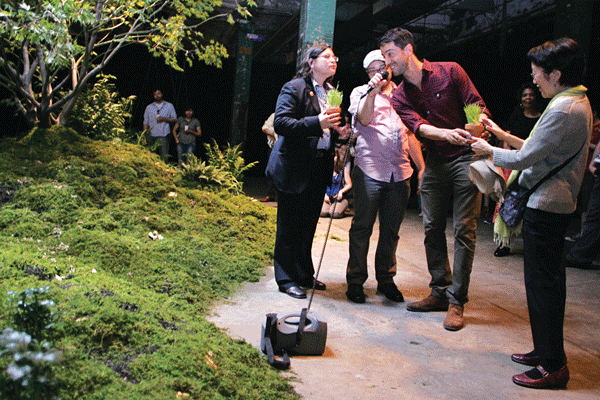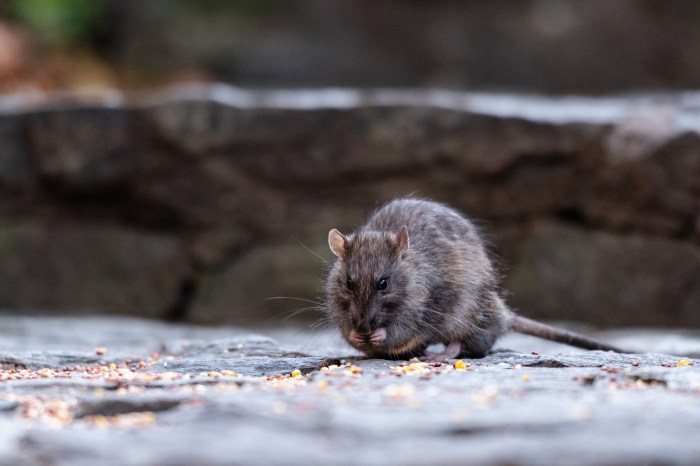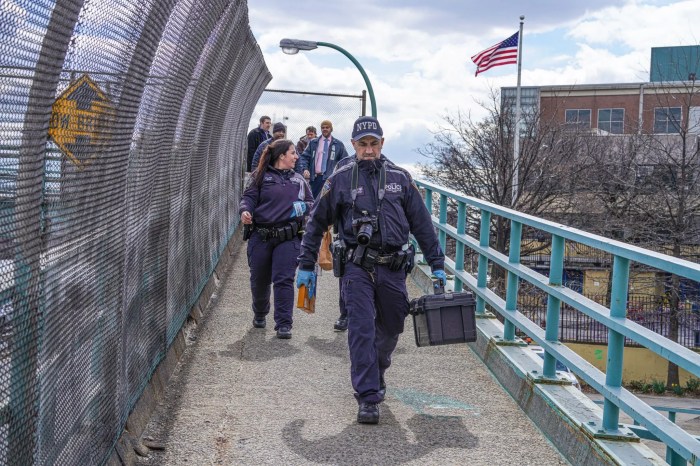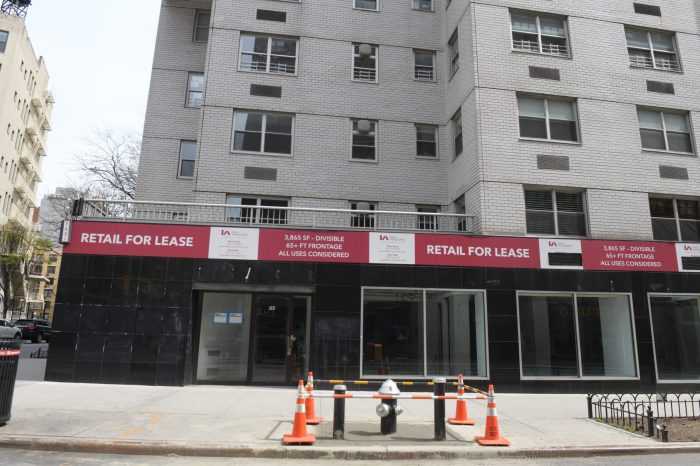
BY SAM SPOKONY | One of the creators of the Lowline concept — whose goal is to develop the world’s first underground park in a former M.T.A. terminal beneath Delancey and Essex Sts. — said last week that he and his partner are becoming increasingly focused on integrating their idea into the city’s plans for the Seward Park Urban Renewal Area.
“We want to position ourselves as part of the overall SPURA environment,” said Dan Barasch, who, along with James Ramsey, has spent the last year promoting their project’s concept to Lower East Side residents and politicians.
The fact that the Lowline, if it moves forward, will be impacted by SPURA’s development is nothing new, since the proposed location for the park — about 50,000 square feet of space under the foot of the Williamsburg Bridge — sits almost directly beneath SPURA.
But Barasch implied hopefully in an interview last Saturday that somehow latching onto the SPURA development process over the next three to six months could improve the chances of approval of the Lowline concept. This contrasts with commonly held perceptions that he and Ramsey are focused primarily on convincing the M.T.A., which controls the underground space, to allow their project to go forward.
“I think we mostly need to work directly with the city, rather than the M.T.A.,” Barasch said.
Barasch specifically meant the city’s Economic Development Corporation, which is the major player behind the SPURA development.
It may seem too late for the Lowline to integrate into SPURA at this point, since plans for the development will likely be finalized within the next month. But Barasch stressed that he and Ramsey have had “a ton of great connections and engagements with E.D.C.”
He added that, in order to stay on everyone’s good side throughout the process, an immediate concern would be to prevent the Lowline concept from disrupting any headway on SPURA’s development.
“The story that we want to tell most urgently is that this is not going to detract or distract from SPURA, and it won’t put any of that work at risk,” Barasch explained.
Another path on which the Lowline’s creators have firmly embarked is creating a strong relationship with local politicians, whose impressions of the project have the potential to make or break it.
Assembly Speaker Sheldon Silver has voiced his approval of the Lowline concept, as have City Councilmembers Margaret Chin and Rosie Mendez.
Chin and Mendez were present on Saturday at a public exhibit, in a warehouse at Essex and Broome Sts., which had been used until this week to promote the possible design for the Lowline. To show his appreciation for their ongoing support, Barasch gave both of the councilmembers a symbolic gift — a potted wheatgrass plant.
“Isn’t this exciting?” Chin asked the crowd at the exhibit, before giving her remarks. “It’s a glimpse into the future.”
In an interview afterward, Mendez compared the possible future of the Lowline to another visionary project that has already become a reality across town, the High Line.
“While we originally thought the High Line would be used mainly by community residents, it’s really become successful in terms of the business it’s getting, and the fact that it’s a major tourist stopping point,” she said. “I think the Lowline project has the same potential.”
And as Barasch works to convince E.D.C. and other politicians, at both the city and state level, about the benefits of his project, Mendez noted that she and Chin were relatively confident about swaying the Council in favor of the idea for the world’s first underground park.
“We’re two pretty good salespeople,” Mendez quipped.

















